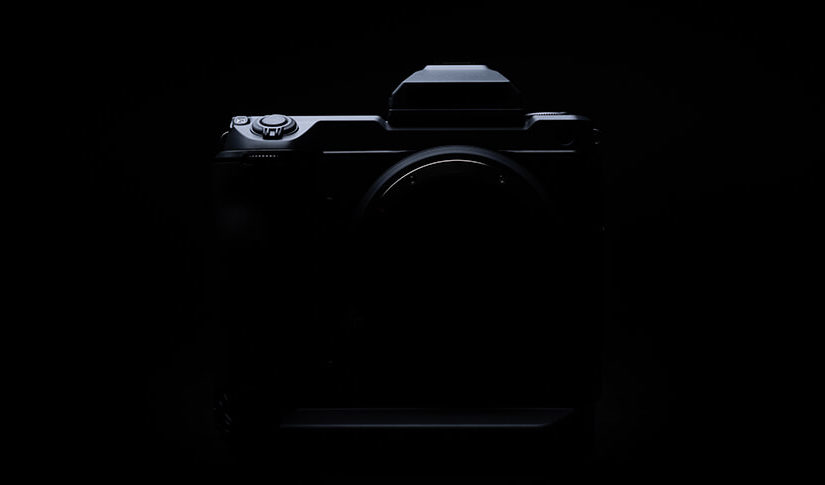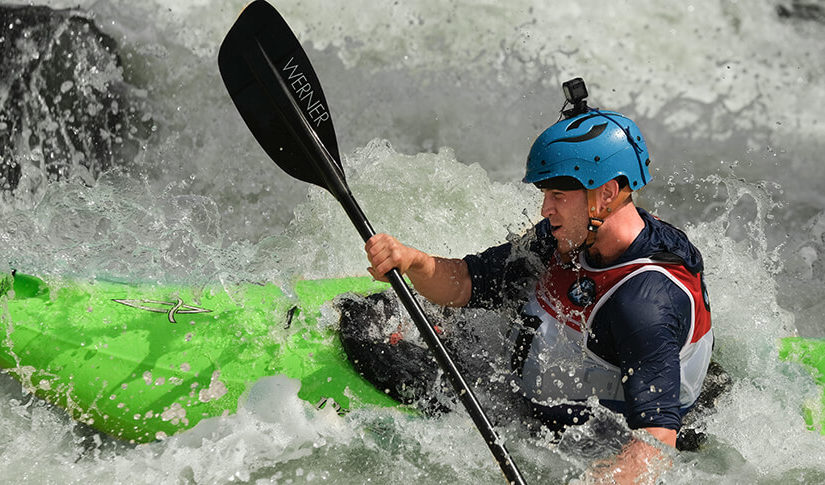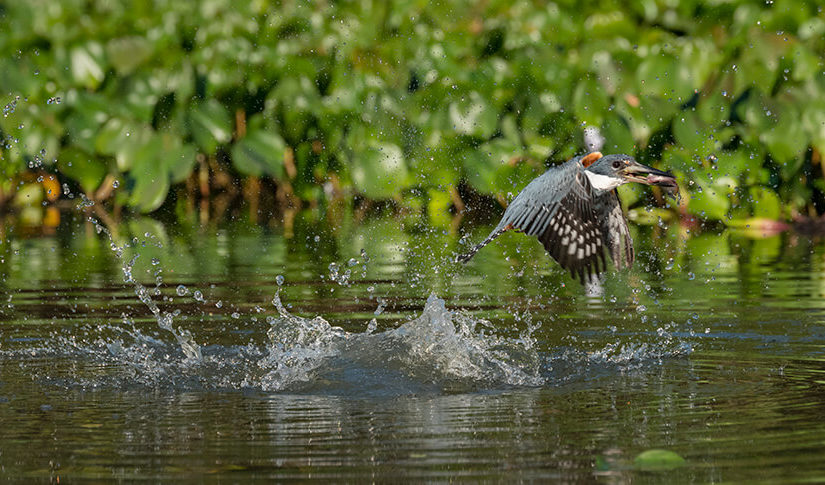
 7 minute read
7 minute read
Specialising with Lenses
Some lenses are jacks-of-all-trades, others are built for a purpose – designed to help you specialise in one area of photography. Let’s have a look at some of the options available in the X Series.
When we start out in photography, we like to try a bit of everything. Landscapes, portraits, sports, some still life maybe. Then, as we get more experienced, we develop preferences for certain genres. We might prefer portraits over landscapes, or food photography over action, for example.
This progression can be reflected in the equipment we buy. When we start out, a standard zoom lens is a great option, because it’s versatile enough to tackle everything and lets us experiment with creative ideas. Then, when we specialise, we look at lenses that have been designed with a specific genre of photography in mind.
There are lots of these lenses in the X Series, all of which let you progress further with your chosen photographic speciality, whatever that may be.
If You Like Landscapes
When it comes to landscape photography, wide-angle lenses are a must. They not only let you get loads in the frame – great for those big skies – but also exaggerate the distance between the foreground and background, so you can really emphasise the scale of a scene by including objects close to the camera as well as those further away. This is important when you’re trying to use lead-in lines to guide the viewer’s eyes around the frame.
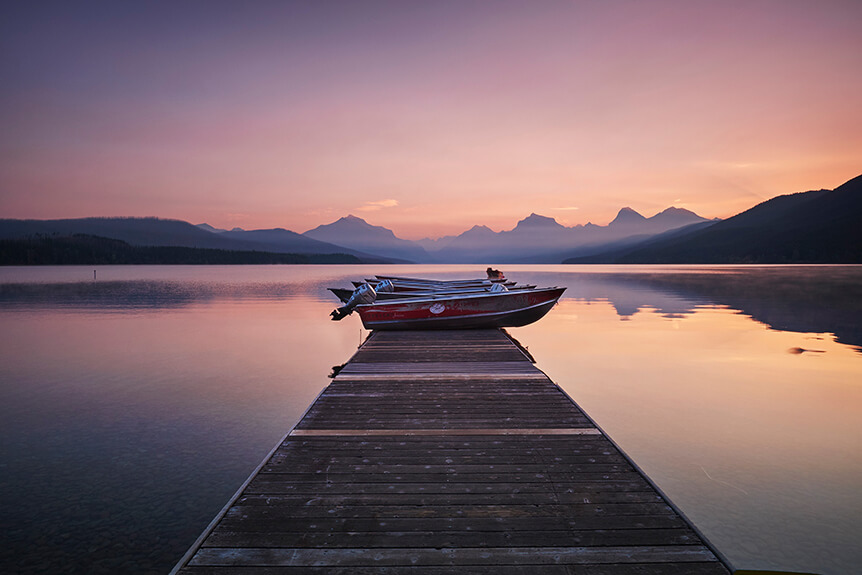
Photo © Seth K. Hughes
If you already have a standard zoom lens, then you already have the ability to go pretty wide angle, so we recommend taking this even further by specialising with an ultra wide-angle lens. The XF10-24mmF4 R OIS WR is portable, features optical image stabilisation, weather resistance and boasts a useful focal length range that overlaps with that of the standard zooms in our range. If you want to go even wider, look at the XF8-16mmF2.8 R LM WR, which offers superlative image quality and weather-resistant sealing – useful if you’re outdoors. There are ultra-wide prime lenses in the range, too, such as the XF14mmF2.8 R, which is super light and portable, and XF16mmF1.4 R WR, which is almost as wide, but with a super-fast aperture.
- ADVICE It’s hard to keep vertical edges looking vertical, because of the way these lenses exaggerate perspective – try to keep the camera perfectly straight to avoid this effect. Also pay attention to how you’re positioning the camera, since very small camera movements translate into big changes in composition in the finished picture.
If You Like Portraits
In some respects, lenses designed for portrait photography have characteristics that are the exact opposite of those you’d want for shooting landscapes. Instead of getting lots in the frame, portrait photographers like short telephoto lenses that help them fill the frame without having to stand too close, which can make a subject feel uncomfortable. These lenses also compress perspective somewhat, making foreground and background seem closer together (useful for making the tip of a rather large nose seem closer to the rest of its owner’s face!). Be aware, however, that using too long a lens and standing too far away has the effect of making people look fatter – hardly flattering!

Photo © Kara Mercer
Portrait lenses also typically have large maximum apertures, which let photographers generate a shallow depth-of-field that emphasises a pin-sharp subject against a soft, blurry background. Couple this with the fact that longer focal lengths inherently have shallower depth-of-field and you have a recipe for success!
There are several lenses to look for in the X Series that cover these bases, depending on your budget and shooting style. The XF50mmF2 R WR is a highly portable, highly affordable prime lens with an F2 aperture that lets you generate good background blur and a focal length that gives you a comfortable working distance. It also focuses very quickly – good for moving subjects.
To generate even shallower depth-of-field, look at one of the 56mm lenses in the X Series. The XF56mmF1.2 R is built to exacting standards and its very wide aperture lets you restrict sharp focus to your subject’s eyes only, with their ear and nose becoming blurred – it’s a powerful look! The XF56mmF1.2 R APD is an even more specialised version of this lens, containing an apodisation filter that gives background blur (or ‘bokeh’) an even softer, silkier feel. To go to real extremes, look at the XF50mmF1.0 R WR.
There is also the XF90mmF2 R LM WR, which does much the same thing as the XF56mmF1.2 R, but from further away, so you don’t need to crowd your subject. Whether you go 50mm, 56mm, or 90mm depends largely on how much room you have to play with when you’re making images.
- ADVICE When using lenses like this, it can be hard to get your sitter’s eyes critically sharp if you’re not used to working with such shallow depth-of-field. We recommend using Face/Eye Detection and continuous AF to make sure your subject is always looking their best.
If You Want to Get Closer
If you’re a fan of close-up photography – be that for wildlife, fine-art, or still-life photography – then a macro lens should be firmly near the top of your shopping list. The XF60mmF2.4 R Macro is very portable and sports a fast maximum aperture that makes it a useful portrait lens, too. It can focus as close at 27cm and gives a magnification ratio of 1:2, meaning that objects are reproduced on the camera’s sensor at half the size they are in real life. This is ideal for product shots, still life, and wildlife on location, as well as tightly cropped portraits.

Photo © Bill Fortney
The XF80mmF2.8 R LM OIS WR Macro is larger, but gives a higher 1:1 magnification ratio – ie objects are reproduced on the camera’s sensor at the same size as they are in real life. The lens also sports an Optical Image Stabilisation system and weather-resistant protective sealing, making it a popular choice with wildlife photographers for subjects such as insects and wildflowers.
- ADVICE At such close working distances, it’s hard to maintain accurate compositions, since the smallest camera movements translate into big changes in the viewfinder. Try using your camera on a tripod when working with a macro lens for more precise results and an easier experience.
If You’re a Traveller or Visual Storyteller
When travelling with your camera – be that on holiday or when working on a documentary photography project – portability becomes as important as anything to do with image quality or performance. There are a couple of different approaches to travelling light: either go for zooms that cover off multiple focal lengths in a single lens, or choose compact prime lenses that take up less space in your bag.
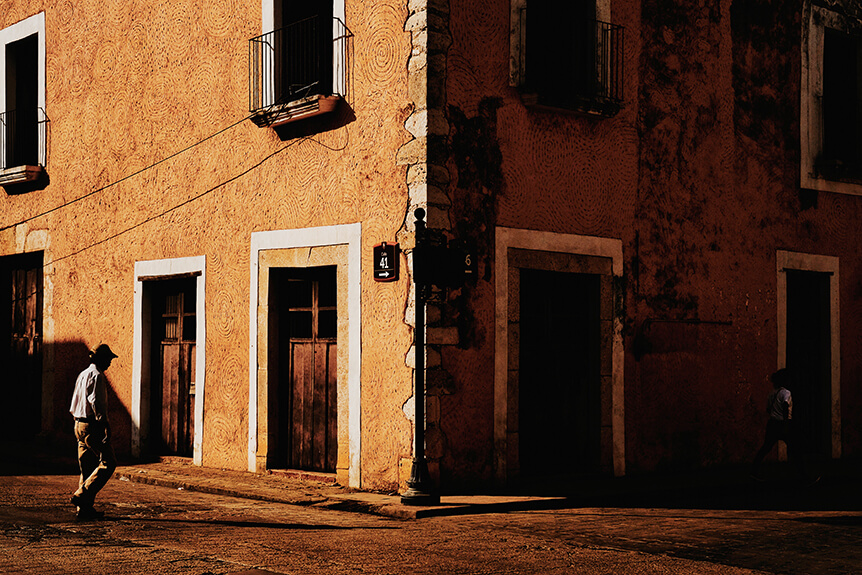
Photo © Afton Almaraz
If you think the zoom approach suits your style of photography, look closely at what you already have. The FUJINON XF18-55mmF2.8-4 R LM OIS is highly portable and delivers superb optical quality, and is included with many X Series cameras as a kit lens. If you want something with a wider aperture and even better performance, the XF16-55mmF2.8 R LM WR will impress you, while the XF16-80mmF4 R OIS WR makes for a great all rounder.
There are a whole series of compact prime lenses in the X Series that cover focal lengths from wide angle to short telephoto. You don’t need all of them, but a kit that gives you wide, standard, and telephoto options will not take up much space at all. Take a look at:
- XF16mmF2.8 R WR
- XF18mmF2 R
- XF23mmF2 R WR
- XF27mmF2.8 R WR
- XF35mmF2 R WR
- XF50mmF2 R WR
Their optical performance, great handling, and portability is perfect for any aspiring photojournalist.
Your Next Steps
- CHALLENGE Try making photos of the same object or scenery, but with different types of lenses and compare the results. Post your favourite images to social media with the hashtag #learnwithfujifilm. You can also submit your work here for a chance to be featured on our social media channels.







